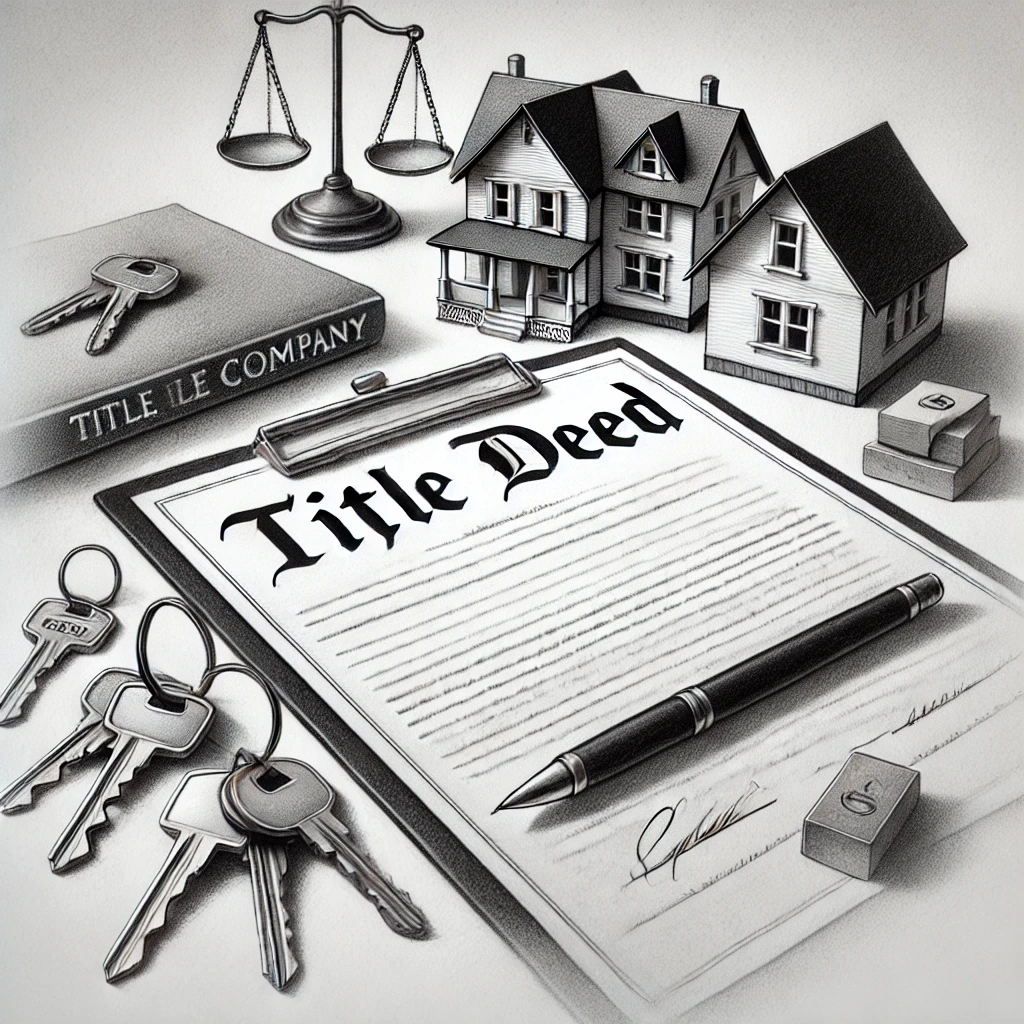Chapter Overview: Buying & Selling Real Estate

The process of buying or selling a home involves multiple steps, from initial negotiations to final closing. Understanding the roles of buyers, sellers, Title companies, Escrow, and closing procedures ensures a smooth transaction. Whether purchasing a new home after a disaster or selling a damaged lot, navigating these steps correctly can maximize financial outcomes and prevent legal or logistical issues.
This chapter provides an overview of the buying and selling process, covering key topics such as offers, contingencies, title services, escrow, and the closing statement.
1. The Home Buying Process
Buying a home requires careful planning, including securing financing, making offers, and completing inspections before closing. Buyers should work with experienced real estate agents, Mortgage lenders, and title professionals to ensure a successful purchase.
Key Steps in Buying a Home
Find a Real Estate Agent – Work with an expert to navigate the market.
Get Pre-Approved for a Mortgage – Strengthens the buyer’s position when making an offer.
Search for a Home – Evaluate properties based on location, price, and condition.
Make an Offer & Negotiate – Submit an offer with contingencies for financing, inspections, and insurance.
Complete the Due Diligence Period – Conduct home inspections, finalize the loan, and review the title report.
Close the Transaction – Finalize paperwork, transfer funds, and take possession of the home.
.webp)
2. The Home Selling Process
Sellers must prepare their home or lot for sale, list it on the market, negotiate offers, and work through escrow. If selling a damaged lot in a disaster area, homeowners should consider working with neighbors to attract developers and maximize sale prices.
Key Steps in Selling a Home or Lot
Hire a Real Estate Agent – Find an agent with expertise in selling damaged or vacant properties.
Determine the Asking Price – Price the property based on market conditions and comparable sales.
List and Market the Property – Use MLS listings, real estate websites, and local advertising.
Negotiate Offers – Review buyer contingencies and accept or counter the best proposal.
Enter Escrow & Complete Inspections – Ensure title is clear, resolve any property concerns, and move toward closing.
Close the Sale – Transfer ownership and finalize all financial details.
3. Understanding Real Estate Offers
An offer to purchase a home or lot is a legal document outlining price, contingencies, and closing terms. Buyers and sellers must carefully review offers before accepting and this section walks through those aspects in greater detail with a deep dive into a variety of different contingencies.

4. The Role of a Title Company
Our next article will walk through a title company and its role ensuring the property’s ownership is clear, checks for outstanding liens or legal claims, and provides Title Insurance to protect against future disputes.
What a Title Company Does
Conducts a Title Search – Verifies legal ownership and ensures no unpaid debts exist.
Issues Title Insurance – Protects buyers and lenders from ownership claims.
Records the Deed – Files legal paperwork with the county to complete the sale.
Facilitates the Closing Process – Manages escrow funds and ensures compliance with all agreements.
5. The Escrow Process & Due Diligence Period
Escrow is a secure holding period where a neutral third party ensures that all contractual obligations are met before closing. Buyers conduct inspections, finalize financing, and verify property details during the due diligence period and this sections covers the major machinations of this period.
What Happens During Escrow?
Step | What It Involves |
Escrow is Opened | Buyer deposits Earnest Money, and contracts are reviewed. |
Inspections & Appraisal | Ensures the home is in good condition and valued correctly. |
Title Search & Insurance | Verifies property ownership and clears any legal issues. |
Final Loan Approval | The lender confirms the mortgage details. |
Closing Preparations | Documents are finalized, and funds are distributed. |
6. Understanding the Closing Statement
The Closing Statement is a final breakdown of all financial aspects of the transaction, detailing who pays what in Closing Costs, commissions, and loan fees. There are a number of details and this article will dive into these key sections of a closing statement further.
Key Sections of the Closing Statement
Section | What It Covers |
Loan & Purchase Price Breakdown | Lists the home price, loan amount, and any credits. |
Buyer’s Costs | Includes loan fees, title fees, and escrow charges. |
Seller’s Costs | Lists real estate commissions, mortgage payoffs, and prorated taxes. |
Final Amounts Due | The total funds required from the buyer and net proceeds to the seller. |
Learn More
Buying and selling a home involves multiple steps, from initial negotiations to title verification, escrow, and final closing. Understanding these processes ensures a smooth transaction for all parties involved and the following chapter covers most of the major aspects in a residential real estate transaction.